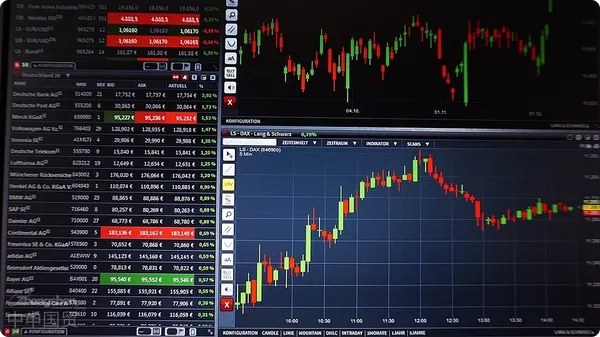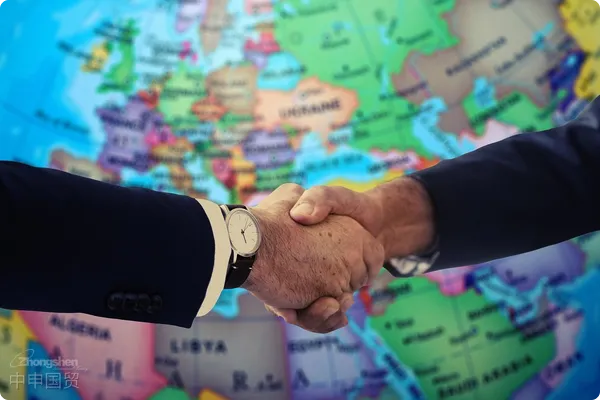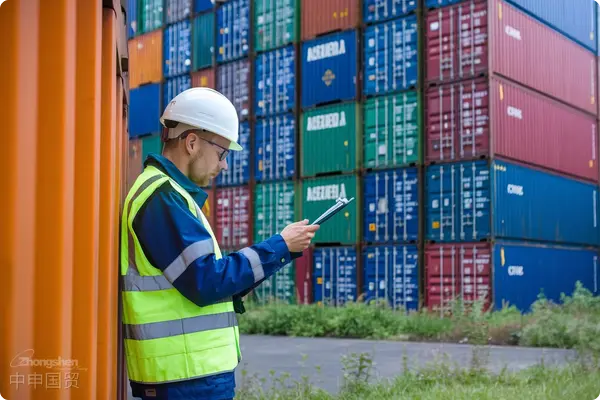- Shanghai Zhongshen International Trade Co., Ltd. - Two decades of trade agency expertise.
- Service Hotline: 139 1787 2118
The 7th China International Import Expo (CIIE) has concluded with remarkable achievements. This years event set a new record in scale, attracting 3,496 exhibitors from 129 countries and regions, fully demonstrating global companies confidence in Chinas economic development and the appeal of Chinas mega-sized market. The CIIE has providedimport and exportnew directions for the development of trade and a broad platform for global economic cooperation.
I. Current State of Import and Export Trade
Diversified Trade Structure
The CIIE set a new record in scale, with participation from 104 Belt and Road Initiative countries, 13 Regional Comprehensive Economic Partnership (RCEP) countries, and 35 least-developed countries. This reflects Chinas trade policy tilt toward more Belt and Road Initiative countries, RCEP countries, and least-developed countries, providing economic opportunities for these regions while enriching Chinas trade market.
Performance of Key Trade Partners
Major trade partners such as the U.S., Japan, Germany, France, and the U.K. continued to lead in exhibition scale. The U.S. Pavilion exhibitors signed 11 cooperation agreements totaling over $711 million, surpassing last years record of $505 million at the CIIE U.S. Pavilion.
II. New Trade Trends
Rise of Service Trade
Chinas knowledge-intensive service trade related to digitalization and intelligence continues to grow steadily, supporting the quality and efficiency improvements of traditionalforeign tradeindustries. Examples include automation solutions, autonomous driving, innovative drug R&D, new energy storage technologies, and digital finance, all of which are new highlights in Chinas foreign trade growth.
New Blue Ocean of Digital Trade
Digital trade has become a new driver of global economic growth. From 2014 to 2023, the total global import and export volume of digital services grew at an average annual rate of 6%, with a growth rate of 8.5% in 2023. The 2024 World Openness Report also pointed out that digitalization and energy transition pose significant challenges globally, especially for developing countries, but also open new avenues for industrial development and international cooperation.

III. Adjustment Directions and Strategies
Optimize Trade Structure
China currently relies heavily on bulk raw materials. With the implementation of the dual carbon goals and the transition to high-tech industries, the proportion of raw material imports should be gradually reduced. In the first three quarters of 2024, Chinas integrated circuit imports amounted to $281.1 billion, up 11.4% year-on-year, while crude oil imports totaled $248.7 billion, up 0.2% year-on-year, indicating that raw materials still dominate Chinas import mix. Companies should actively increase imports of high-tech products to promote the development of domestic new quality productive forces.
Expand Global Cooperation
The current international environment significantly impacts Chinas import and export trade, with geopolitical tensions, bloc formation, and global economic fragmentation posing major obstacles. In response, we should strengthen trade cooperation with various countries, particularly focusing on differences in China-U.S. and China-Europe trade.

At the same time, we should actively expand trade cooperation with Belt and Road Initiative countries, RCEP countries, and least-developed countries, leveraging Chinas diversified trade structure to jointly promote stable global trade development.
Related Recommendations
? 2025. All Rights Reserved. 滬ICP備2023007705號-2  PSB Record: Shanghai No.31011502009912
PSB Record: Shanghai No.31011502009912









